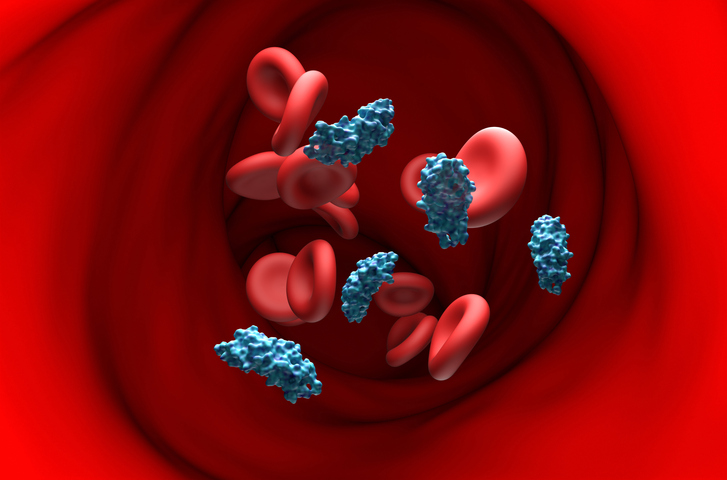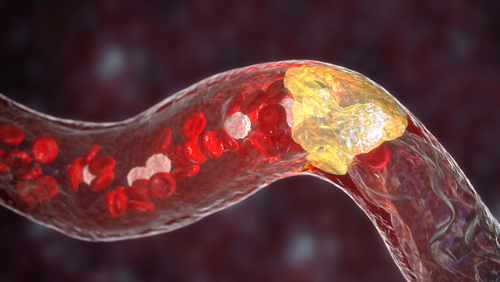
Atherosclerotic Disease
Advertisement
Topological data analysis may transform coronary plaque imaging and risk prediction.
Genetic study uncovers fat metabolism genes that may explain the link between NAFLD and coronary artery disease.
Autopsy study links heavy metal buildup in arteries to atherosclerosis, offering new clues to heart disease risk.
Higher vitamin K1 intake may lower heart disease and stroke risk in older women.
Higher cardiac biomarker levels predict greater future cancer risk.
Immune cells called cDC1s may worsen atherosclerosis—targeting them with nanoparticles could offer a new treatment path.
Black patients face higher amputation risk from PAD due to late CLTI care and limited access to revascularization.
Higher calprotectin concentrations were also associated with adverse metabolic profiles.
Elevated [Lp(a)] is strongly associated with an increased risk of atherosclerotic cardiovascular disease.
Researchers have developed a polygenic risk score to analyze the link between dysfunctional endothelial and CAD.
This structural discovery is a step toward the development of next-generation therapies to modulate LDL.
The FDA recently announced a first time proposed rule which would require the tobacco industry to lower nicotine levels.
Researchers explored how immune checkpoint inhibitors interact with immune cells in arterial plaques.
A study found a comparable reduction in LDL-C with statins and bempedoic acid in patients with and without ASCVD.
Higher lipoprotein(a) levels are associated with an increased progression of coronary plaque burden.
Researchers developed an at-home questionnaire test that quickly identifies people at high risk of heart attack.
People with heart disease could benefit from a low-sodium diet but, on average, consume twice the recommended amount of salt.
US veterans have a disproportionately high risk of atherosclerotic cardiovascular disease and a low adherence to LLT.
Older firefighters may have more thrombotic risk factors that contribute to a higher risk of coronary heart disease.
Distinct variations of coronary artery calcium-derived coronary artery heart disease exist among retired NFL players.




















 © 2025 Mashup Media, LLC, a Formedics Property. All Rights Reserved.
© 2025 Mashup Media, LLC, a Formedics Property. All Rights Reserved.